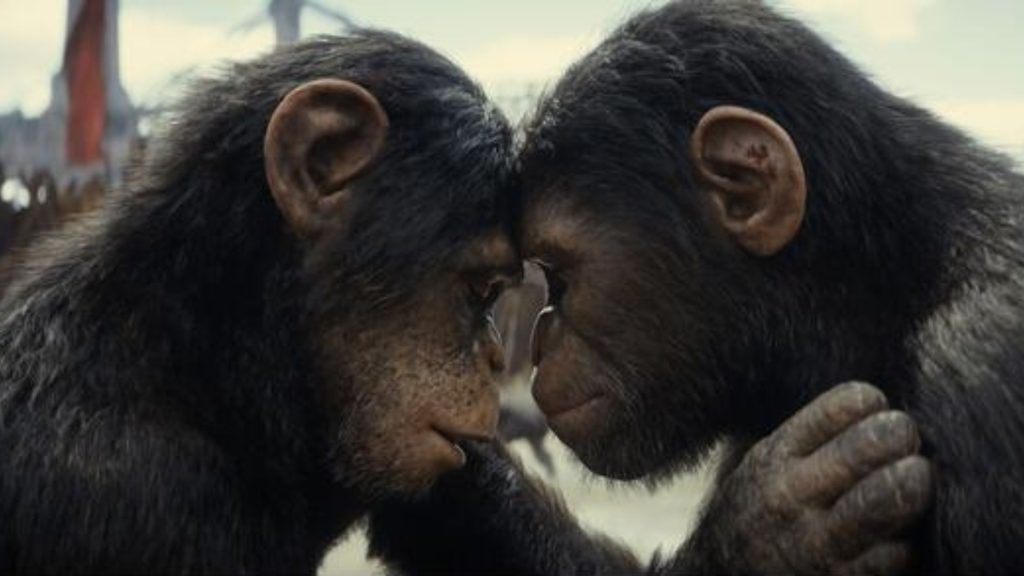
Unveiling the Impact of Chinese Culture on Japan
When we look back at history, cultural exchange between countries is undertaken for the dissemination of information for human development. The influence of one culture on another culture can be shown in every aspect of life.
Japan has a unique culture, but you will be surprised to know that it is greatly influenced by ancient Chinese culture on Japan. Japan and China’s interaction started in 57 AD which has impacted the language and culture of both the countries. Furthermore, it led to the spread of Buddhism and Chinese traditions like the Lunar New Year. Moreover, you will find architectural styles and Feng Shui principles in Chinese culture on Japan’ capitals. Japanese people adopted Chinese chopsticks and characters for writing.
The influence of Chinese culture on Japan continues today. In port towns like Nagasaki, Kobe, and Yokohama, there are Chinatowns with many Chinese shops and restaurants. Some Japanese dishes, like gyoza and ramen, actually come from China. Even jasmine green tea originated in China.
Table of Contents
Language
Initially, there was no written Japanese language when China and Japan started cultural exchange. Therefore, the Japanese adopted the Chinese scripts to make communication between both empires possible. When the Japanese language originated then the Chinese writing system called Kanji impacted the Japanese language greatly.
They adapt Chinese characters to represent Japanese words and use Kanji script in contemporary Japan. Additionally, during the 8th century, Japan sent people to China to study Confucian philosophy and the Chinese language.
This resulted in the integration of Chinese on Japan terminology and scholarly language into Japanese culture especially in the elite society. To know how gradually the Chinese language influenced the Japanese language, you must take assistance from a professional Japanese translator.
Art And Architecture
Art and architecture are the foremost areas that are influenced by Chinese culture on japan. Chinese artwork is identified by its delicate brushwork and depiction of nature. With the influence of Chinese architecture, the Japanese also portrayed nature in their art.
Additionally, traditional Japanese calligraphy, painting, and pottery, such as celadon wares and tea ceremonies have also taken great inspiration from the Chinese. In the same way, architectural elements like Zen gardens and Buddhist temples were made in Japan during the Nara and Asuka periods.
Architectural designs inspired by Chinese models are now important in Japanese temple complexes and imperial residences.
Examples of Chinese architecture can be found in Yokohama’s Chinatown, Honmoku Citizens Park, and Enoshima’s Samuel Cocking Garden. These buildings share similarities with Japanese traditional architecture but they are also different in shapes, colors, and décor. Professional Chinese translation services can be of great help in identifying Chinese and Japanese architects.
Festivals of Chinese on Japan
Do you realize that a number of Japan’s most well-known festivals had their origins in China? Tanabata Matsuri is one of the festivities that are celebrated. This event is also known by its former name, the Star Festival.
It can be traced back to a story from Chinese mythology that involves a weaver and an ox herder. In Japanese, the tales are referred to as Orihime and Hikoboshi, however in Chinese, the names of the characters have been changed.
During the Nara Period in Japan’s history, these celebrations first gained widespread recognition. Sendai City goes all out for the annual Tanabata Matsuri celebration, which has breathtakingly beautiful decorations.
Religion
These countries don’t have any organized religion. When these two civilizations met, they came up with Confucianism and Buddhism. Although many Japanese follow older Shinto beliefs there are also a large number of Buddhists in Japan. The practice of making shrines and temples came from the Chinese Buddhism approach.
Government
In the past, both Japan and China had Imperial Courts, but Japan’s emperors took inspiration from the Chinese Culture on Japan bureaucracy, adopting their titles, ranks, and official roles. Japan’s initial constitution was also influenced by China’s centralized and organized government style.
Japanese Cuisine and Tea Culture on Japan
Unsurprisingly, Chinese cuisine has had an impact on Japanese cuisine as well. The use of rice, tofu, and noodles, as well as the usage of a variety of seasonings and ingredients such as Chinese salt and soy sauce, have all become traditional components of Japanese cuisine.
In addition, the custom of drinking tea, which originated in China, became deeply ingrained in Japanese society, which led to the development of the internationally known Japanese tea ceremony.
Zodiac Calendar
Last, but not least, the Japanese calendar is also influenced by the Chinese zodiac animal calendar
Wrapping Up for Chinese Culture on Japan
When different civilizations mingle, they borrow many good things from each other. At the same time, many things remained unchanged because they are coming with them with their history.
Every country has a unique culture that identifies it from others. Although Japanese culture is deeply influenced by the Chinese still they have kept their identity.
It is very important to respect the identity of every culture to live with peace and harmony in the world. Many people are sensitive about their culture. Therefore we should respect each other’s culture
August 21, 2023
















